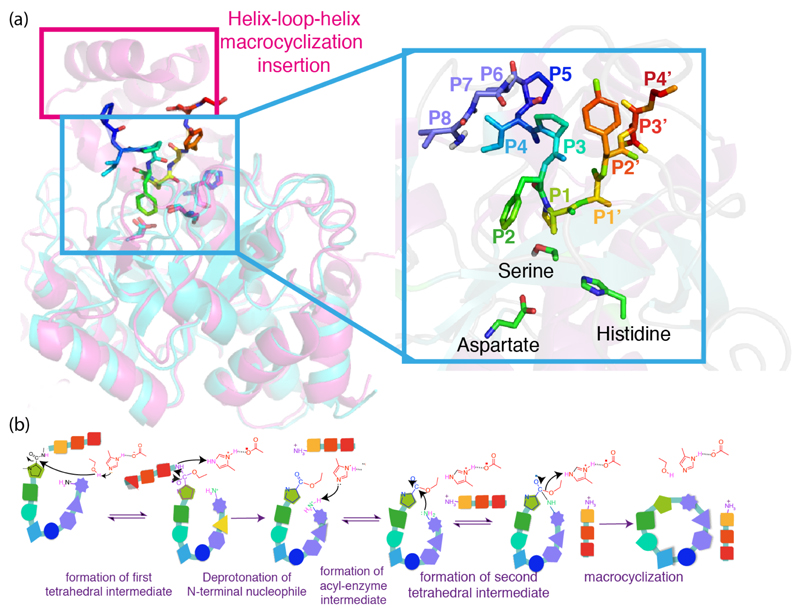Figure 2. Structure based design of a constitutively active cyanobactin heterocyclase.
(a) The structure of LynD (4v1v) in complex with its substrate peptide PatE’. The two monomers are shown in orange and teal (chain A) and green (chain B), and the peptide is shown in blue. The boxed region is further illustrated in the rest of the figure 2B-E. (b) Activation of the enzyme by peptide binding. LynD is aligned with TruD (4bs9, black) which was crystallized as an apoenzyme. Residues 371-415 on LynD form an alpha helix that interacts with the peptide, whereas the corresponding residues on TruD are disordered. (c) The RiPP precursor peptide recognition element (RRE) proposed by Burkhart et al. [36**] comprising of three helices and three beta sheets, in the N-terminal domain of LynD (teal). Residues in the RRE interacts with residues on PatE’ and mediates its binding. (d) Model of substrate binding. PatE’ (blue) was partially ordered in the structure. It is postulated that from the interface between the N-terminal domain of chain A (teal) and the C-terminal domain of chain B (green), PatE’ extends to the nucleotide-biding active site of chain B, where the core peptide region (cyan) is catalysed. (e) Model of the fusion enzyme. Part of the leader peptide from PatE’ was fused to the N-terminus of LynD via a linker region (purple). The fused enzyme is thought to be constitutively active and able to bind and process leaderless peptides (cyan). (f) The kinase model of heterocyclization. For simplicity the substrate was shown as a pentapeptide with the sequence TFCAYD, the F and C highlighted in green.

